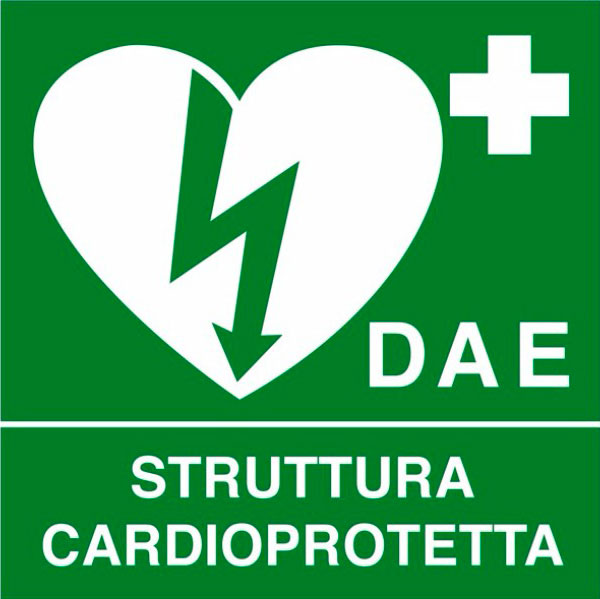.jpg)
By generating your electricity, you become less reliant on the grid, which can be especially beneficial during power outages or grid disruptions. With energy storage solutions like batteries, you can maintain a consistent power supply, ensuring that your essential appliances and systems continue to function even when the grid is down. One of the main advantages of PV technology is its ability to generate electricity without producing harmful emissions or pollutants. This makes it an environmentally friendly option for powering homes, businesses, and even entire communities.
- The term derives from the Greek terms photo, ‘phos,’ which means light, and volt, which means electricity.
- Special treatment of the PV cell’s surface during manufacturing makes the front surface of the cell more receptive to the dislodged, or free, electrons so that the electrons naturally migrate to the surface of the cell.
- This surplus management not only enhances the reliability of your energy supply but also offers financial benefits.
- Unlike fossil fuels, solar energy has no harmful impact on the environment.
- The vast majority of today’s solar cells are made from silicon and offer both reasonable prices and good efficiency (the rate at which the solar cell converts sunlight into electricity).
- A charge controller may be incorporated in the system to avoid battery damage by excessive charging or discharging.
Dye-Sensitized Solar Cells
As the demand for clean energy continues to grow, PV technology is likely to become an increasingly important part of the global energy landscape. By harnessing the power of the sun, we can reduce our reliance on fossil fuels and help create a more sustainable future for generations to come. Due to the general lower power conversion efficiency of polycrystalline solar panels, its primary disadvantage is that they require a more significant number of panels to achieve the exact energy conversion. Solar PV and solar thermal panels are the two forms of solar energy systems. Simply put, solar PV technology generates electricity, while solar thermal technology provides heat.
Word of the Day
They are often used to meet the energy demands of rural structures or holiday houses that do not connect to the public grid. Solar energy, in contrast to fossil fuels, has no detrimental effect on the environment. As a result, when you utilise solar power, you are helping to save the environment. According to the International Energy Agency, this is the second most widely used solar panel in the world, behind crystalline cells.
Rooftop Solar and Australian Climate: 5 Reasons Why Solar Works Well in Australia
- More advanced charge controllers will incorporate MPPT logic into their battery charging algorithms.
- You can use the EnergySage Solar Calculator to understand the savings you might see from a solar panel installation.
- Reserves, production, prices, employment and productivity, distribution, stocks, imports and exports.
- Electricity-generating capacity for PV panels increases with the number of cells in the panel or in the surface area of the panel.
- Feeding electricity into the grid requires the transformation of DC into AC by a special, synchronizing grid-tie inverter.
Both photovoltaic solar cells and solar cells are electronic components that generate electricity when exposed to photons, producing electricity. The conversion of sunlight into electrical energy through a solar cell is known as the photovoltaic effect, which is why we refer to solar cells as “photovoltaic.” Systems designed to deliver alternating current (AC), such as grid-connected applications need an inverter to convert the direct current (DC) from the solar modules to AC. Once the sunlight is captured, the energy it carries stimulates the electrons within the semiconductor material. This stimulation prompts the electrons to become energized and creates an electrical current. This current, known as direct current (DC), flows through the solar panels, marking the transition from sunlight to electricity.
Markets & Finance
.jpg)
As you contemplate the transition to solar power, it’s imperative to pv meaning arm yourself with knowledge. ” delving into the intricacies of PV technology can empower you to make informed decisions. The more you understand how PV systems work and their benefits, the better equipped you’ll be to select the right system for your needs, budget, and environmental goals. By harnessing solar power, you play a significant role in reducing your home’s carbon footprint.
Embrace the Power of Photovoltaics
.jpeg)
You generate photovoltaic solar energy by converting sunlight to electricity using photoelectric effect-based technology. It’s generated in various ways, from modest self-consumption generators to extensive solar facilities. Once manufacturers have a single solar cell, they can combine them to create solar panels that combine the power of 60 or more individual cells to generate a useful voltage and current. After doping the silicon cells, a few more steps are needed to make a complete solar cell. One of these steps is to apply an anti-reflective coating to the cell – this prevents incoming sunlight from simply bouncing off the shiny wafer before the photons can interact with the silicon. Another step is to add metal contacts to the cells that will act as a conduction funnel for the electricity generation from the cell, connecting that current to the overall wiring and electrical systems of a solar system.
One of these important factors of PV cells is the range of wavelengths of light the material (silicon, thin film, perovskite, etc.) can absorb and convert to energy. Light is made up of photons vibrating at a wide range of wavelengths, and the wavelengths that match the absorbable range of a solar semiconductor (known as a bandgap) can be captured by that solar cell. Once the loose electrons generate an electrical current, metal plates on the sides of each solar cell collect those electrons and transfer them to wires. At this point, electrons flow as electricity through the wiring to a solar inverter and then throughout your home.
Instead of an exactly vertical tower one can choose a tower with an axis directed to the polar star, meaning that it is parallel to the rotation axis of the Earth. In this case the angle between the axis and the Sun is always larger than 66 degrees. During a day it is only necessary to turn the panels around this axis to follow the Sun. Installations may be ground-mounted (and sometimes integrated with farming and grazing)141 or built into the roof or walls of a building (building-integrated photovoltaics). In conclusion, the journey to embracing photovoltaics is a path toward a more sustainable and economically sound future.


